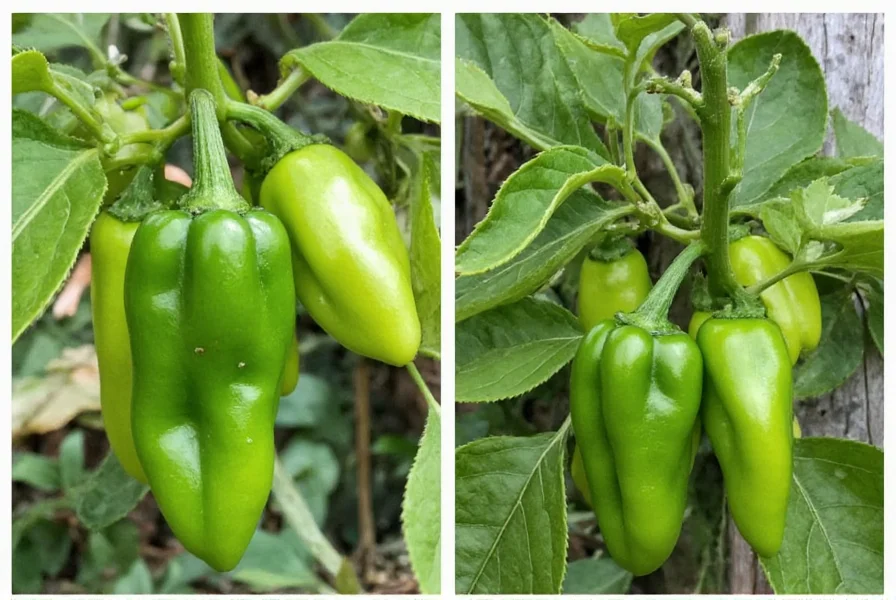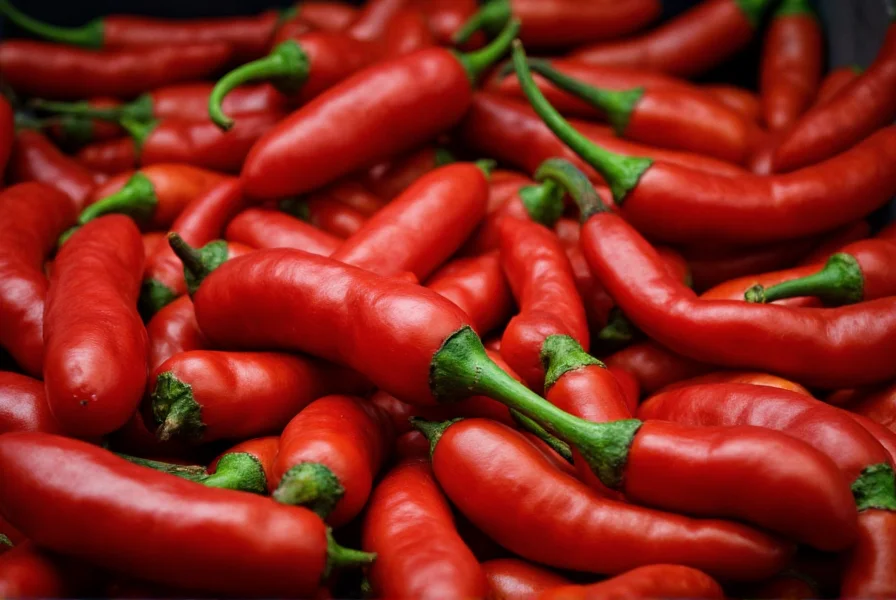Understanding pepper hotness goes beyond just measuring heat—it involves science, culinary application, and even evolutionary biology. Whether you're a home cook experimenting with new recipes or a food scientist studying capsaicin compounds, knowing how to accurately assess and utilize pepper heat is essential knowledge in the culinary world.
The Science Behind Pepper Heat
Pepper heat originates from capsaicinoids, a family of chemical compounds that trigger thermoreceptor neurons in our mouths and skin. Capsaicin is the most prevalent of these compounds, accounting for up to 80% of the heat in most peppers. These compounds evolved as a defense mechanism against mammals that might eat and destroy the seeds—birds, which help disperse seeds, don't feel the burn.
When you consume a hot pepper, capsaicin binds to TRPV1 receptors (transient receptor potential vanilloid 1), which normally detect heat and pain. This neurological trick makes your brain think your mouth is literally on fire, triggering sweating, flushing, and endorphin release—the "pepper high" many enthusiasts seek.
Measuring Pepper Heat: From Subjective Testing to Modern Methods
The Scoville scale was developed in 1912 by pharmacist Wilbur Scoville. His original method involved diluting pepper extract in sugar water until the heat became undetectable to a panel of tasters. A 5,000 SHU pepper required a 1:5,000 dilution before the heat disappeared.
Today, high-performance liquid chromatography (HPLC) provides precise measurements of capsaicinoid concentration, which are then converted to Scoville Heat Units using a mathematical formula. This modern approach eliminates human subjectivity while maintaining compatibility with the original Scoville scale that consumers recognize.
Pepper Heat Scale Reference Chart
| Pepper Variety | Scoville Heat Units (SHU) | Heat Level | Common Uses |
|---|---|---|---|
| Bell Pepper | 0 SHU | Mild | Raw in salads, stuffed peppers |
| Pepperoncini | 100-500 SHU | Mild | Pickled, Greek/Mediterranean dishes |
| Jalapeño | 2,500-8,000 SHU | Medium | Salsas, nachos, poppers |
| Serrano | 10,000-23,000 SHU | Hot | Pico de gallo, hot sauces |
| Habanero | 100,000-350,000 SHU | Very Hot | Caribbean cuisine, hot sauces |
| Ghost Pepper (Bhut Jolokia) | 800,000-1,041,427 SHU | Extreme | Competitive eating, specialty sauces |
| Carolina Reaper | 1,400,000-2,200,000+ SHU | Dangerous | Extreme hot sauces, challenges |
Practical Applications for Cooks
Understanding pepper hotness isn't just academic—it has real culinary implications. When working with hot peppers, remember that heat concentration varies significantly within the same pepper. The placenta (white ribs and membranes) contains 80-90% of the capsaicin, while seeds only become hot from contact with this tissue.
For controlled heat in cooking:
- Remove all white ribs and membranes for milder flavor
- Wear gloves when handling extremely hot peppers (above 100,000 SHU)
- Balance heat with dairy (milk, yogurt, sour cream) which contains casein that breaks down capsaicin
- Acidic ingredients like lime juice can enhance perceived heat
When substituting peppers in recipes, consider both heat level and flavor profile. Habaneros offer tropical fruit notes while serranos provide grassy brightness—swapping them affects more than just heat.

Common Misconceptions About Pepper Heat
Several myths persist about pepper hotness that can lead to culinary mistakes or unnecessary discomfort:
Myth: The seeds are the hottest part of the pepper.
Reality: Seeds contain minimal capsaicin themselves but become coated with it from the adjacent placenta tissue.
Myth: Red peppers are always hotter than green ones.
Reality: Color indicates ripeness, not heat level. Many peppers actually increase in heat as they mature from green to red.
Myth: Drinking water cools the burn.
Reality: Water spreads capsaicin since it's hydrophobic. Dairy products or high-sugar beverages work better for neutralizing the burn.
Factors Affecting Pepper Heat Variability
Pepper heat isn't consistent even within the same variety. Several factors influence Scoville ratings:
- Environmental stress: Drought and high temperatures increase capsaicin production
- Soil conditions: Nutrient-deficient soil often yields hotter peppers
- Ripeness: Most peppers increase in heat as they mature
- Genetic variation: Even within cultivated varieties, natural variation occurs
This explains why two jalapeños from the same plant might have noticeably different heat levels. Commercial hot sauce producers often blend peppers to achieve consistent heat profiles across batches.

Safety Considerations with Extremely Hot Peppers
Peppers above 350,000 SHU (like habaneros and beyond) require special handling precautions:
- Always wear nitrile gloves (latex isn't sufficient)
- Avoid touching your face, especially eyes
- Work in well-ventilated areas—capsaicin can become airborne
- Have dairy products nearby for accidental exposure
- Never use blenders with super-hot peppers without proper ventilation
The Consumer Product Safety Commission has issued warnings about Carolina Reaper challenges, noting potential risks including thunderclap headaches and temporary stomach damage from extreme consumption.











 浙公网安备
33010002000092号
浙公网安备
33010002000092号 浙B2-20120091-4
浙B2-20120091-4